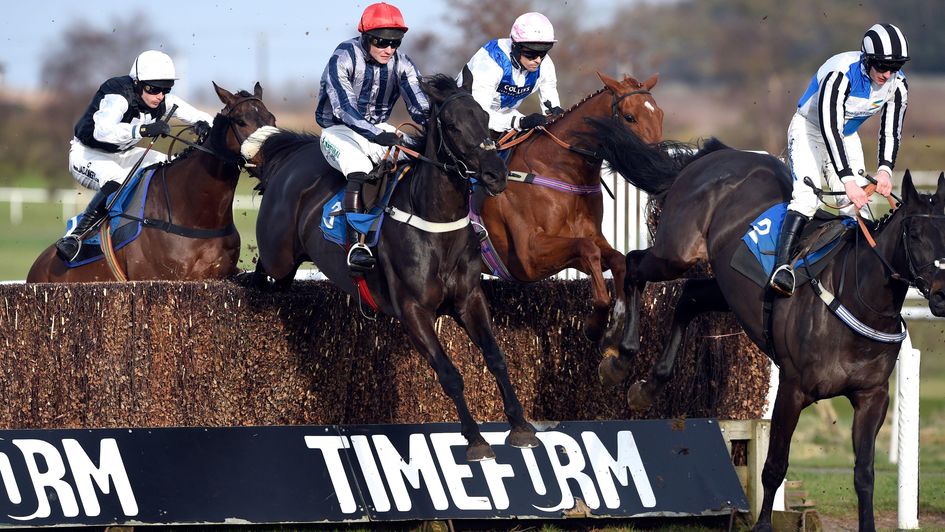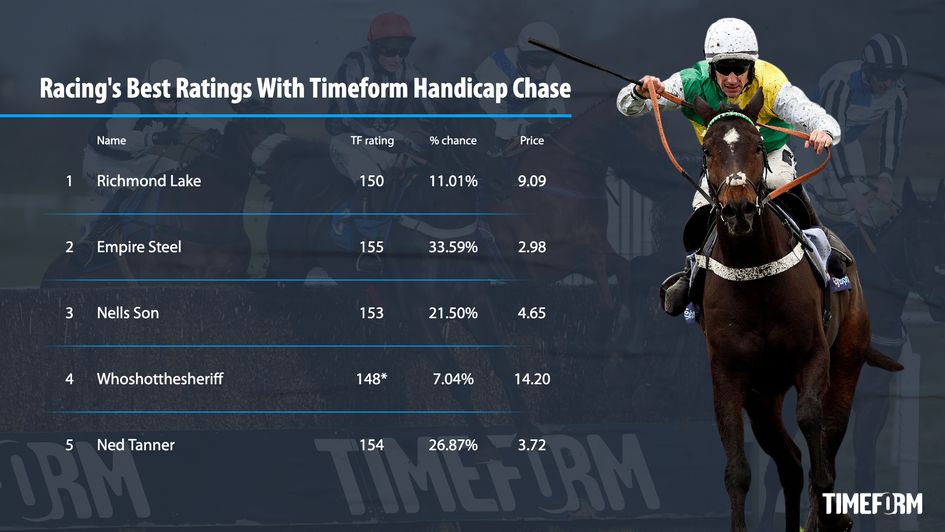
Solving a race: Timeform data among many strategies
Michael Williamson takes a unique look at ways to analyse a race.
A Real-Life Forest Gump
“I hope you all go on to live boring and average lives…” wasn’t exactly the final rousing words of inspiration I was expecting from my Year 6 form tutor many moons ago, but as the years go by the true sentiment and desire for us all to lead fulfilling and well lived lives without too much drama has become much more apparent and appreciated.
By contrast and back in the public eye after another unerringly accurate preview of this year’s Superbowl, renowned sports bettor, entrepreneur and philanthropist Billy Walters has led the opposite. In a highly recommended biography that at times makes Forest Gump seem a little dull, Walters’ journey encounters with the Mafia, FBI and famous sporting figures is time well worth spent reading. It surely can’t be long before this comes to a Netflix show near you.
In and around the thrills and spills of his life, there are certain aspects to the book that made it personally compelling – predominantly his transformation from reckless gambler to disciplined and feared sports bettor which makes clear the difference between wagering on games of pure chance, and gambling on sporting events through to the art of betting through mathematical models.
Just Find the Winner
Perhaps the first “model” that most of us who bet on sports for the first time adopt could be loosely described as JFTW (Just Find the Winner). To the novice (and in racing in particular), just landing on a bet that results in money coming back from the bookmaker is the goal and provides maximum utility – however one may arrive at that selection.
From detailed research we’ve conducted at Timeform with those newer to racing, despite all the complexities and challenges they face engaging with form they still want to partake in the challenge of solving the puzzle. As appealing as being given the ‘answer’ in the form of tips may seem, very often this relies on a build-up of trust to lean on them and in the early days simple shortcuts to arriving at an educated selection that is genuinely theirs is highly valued.
It is rare that the horse with the best chance of winning isn’t close to favouritism and applying a couple of basic criteria such as finishing position last time or recent record of the trainer derives a selection that in isolation maximises the chance of achieving their objective.
Road to Damascus
As his tales of winning and losing became more extreme, Walters goes into detail during his book about how his own road to Damascus moment occurred through his association with the Computer Group – a statistics driven team who placed large volumes of bets across college and professional US sports during the mid-1980s. It was during this time Walters realised that staking on sports without any thought, insight or assessing value against the market was equivalent to his games of pitching pennies against a wall as a young man.
Whether statistics driven or based on a dedicated watching and analysis of racing, a mental pricing model is the natural evolution for many who bet regularly on racing. At times this can drive a wedge between those who operate in this way and the more mathematical follower, though the two are much more similar than perhaps people realise.
Power Ups
Although firstly needing to part with £15.99 to access via the Kindle Store, Walters also divulges their methodology and how this has now evolved as he still battles not simply bookmakers but the wider betting market.
Their process focusses on having power ratings for each team and then applying a huge swath of data driven variables to the basic match-up of these ratings for a given game. These variables range from key players being ruled out through injury, through to teams crossing time zones, coming off bye weeks and the weather conditions forecast for the day. As data and content has become far more readily available, the huge edges that they once had have gone but by constantly reevaluating and learning they have stayed one step ahead of the curve.
The crucial final step is then comparing the model’s predictions with the market and then having a disciplined staking system to dictate if you should act upon this opportunity and to what degree. Only by adopting this approach can one really harbour ambitions of long-term success.
Base Ratings
One angle of attack is like Walters and his team to begin with a base rating, adjust according to key variables and then convert into a chance of winning in relation to the rest of the field. One of the many benefits of working for Timeform is the ready access to the ratings for all UK and Irish horses, already based on a swathe of data points from past performances derived by specialist handicappers.
The mathematical process of converting these ratings into odds is well covered by several respected authors in the world of racing but like anything relies heavily on quality and accurate inputs to finesse the ratings so that the final probabilities have a chance of finding an edge in the market.
Simply plugging in the pre-race Timeform ratings for the Kelso race into a variant of this system offers the following:

* Whoshotthesheriff is currently without a rating, this has been applied as a current estimate of ability if he wasn’t badly out of form.
It is at this point that the adjustment of the ratings becomes crucial and a sound basis for the impact that jockey bookings, trainer form, likely conditions etc may then have on this base rating. Some of these can be hard to quantify with the elegance that the Computer Group achieved with two outcome team sports, but in the past Timeform analysis into jockeys, absence and pedigree have all leant themselves to datasets that can then be utilised in a vast array of ways.
Programming languages such as Python and R now take the legwork out of a lot of the analysis required to build up these models and allow for robust testing and refinement. It probably isn’t an exaggeration to suggest that a significant amount of the late money that lands on Exchanges which shapes eventual start prices is now driven by these models, sometimes augmented by human inputs.
Monte Carlo or Bust
Another ‘traditional’ alternative to this for arriving at pricing up a race is a Monte Carlo simulation – in effect simulating the result of a race thousands of times based on an initial calculation of a horse’s expected performance surrounded by the chance they under or over perform to differing degrees.
Of all the different ways of pricing a race, this is probably the most transparent – in the fact that after running the simulations one is presented with a set of virtual races run. In the case of the Kelso race, although perhaps a slim one there is a chance that Whoshotthesheriff shows the level of ability he did back in 2022 which would see him ‘win’ some of these simulations.
The Next Generation
As technology has evolved, a new frontier has been opened in the world of sports betting. The emergence of Generative AI, the increased capability of working with large data sets and availability of inputs such as GPS tracking opens up new opportunities searching for the holy grail of a ‘true price’.
An upside of the emergence of this technology has broken down barriers between data and those interested in exploring it. This can result in previously unseen insights from data being identified and used to gain an edge and hopefully engage a new audience.
It does however come with a note of caution – some of these newer algorithms can be somewhat of a “black box”, in that those playing with the data don’t see or truly understand how the predictions have been arrived at. It is here that perhaps the line between gambling and true betting becomes blurred once again.
More from Sporting Life
- Racecards
- Fast results
- Full results and free video replays
- Horse racing news
- Horse racing tips
- Horse racing features
- Download our free iOS and Android app
- Football and other sports tips
- Podcasts and video content
Safer gambling
We are committed in our support of safer gambling. Recommended bets are advised to over-18s and we strongly encourage readers to wager only what they can afford to lose.
If you are concerned about your gambling, please call the National Gambling Helpline / GamCare on 0808 8020 133.
Further support and information can be found at begambleaware.org and gamblingtherapy.org.
Next Off
Most Followed
MOST READ RACING



















